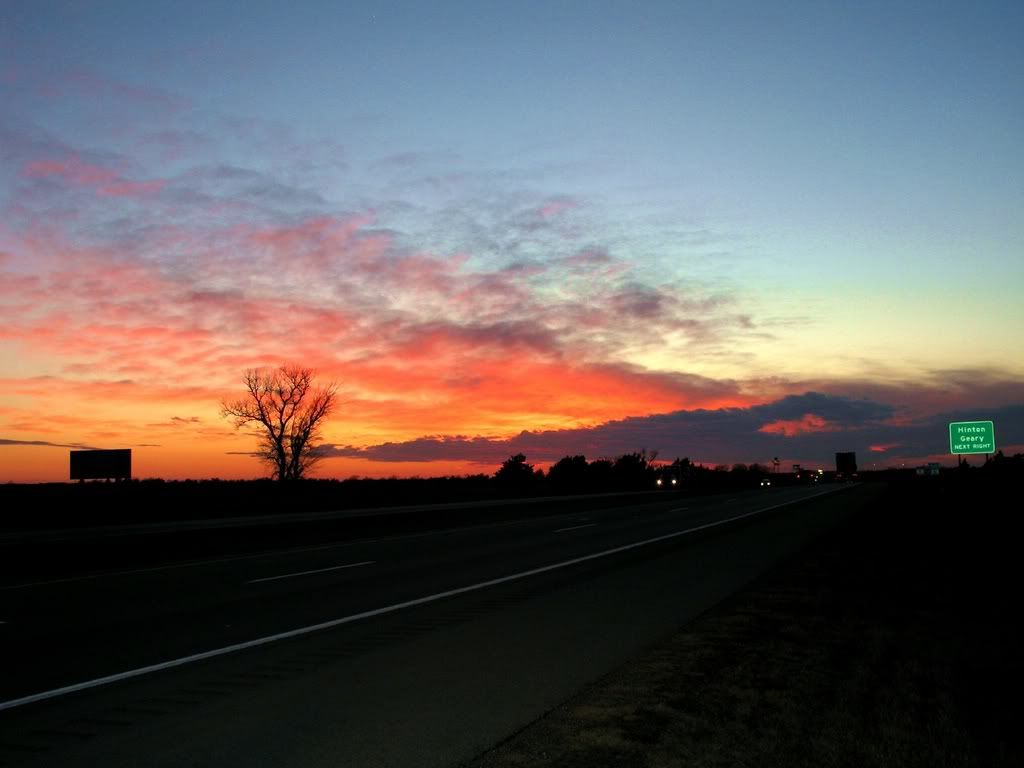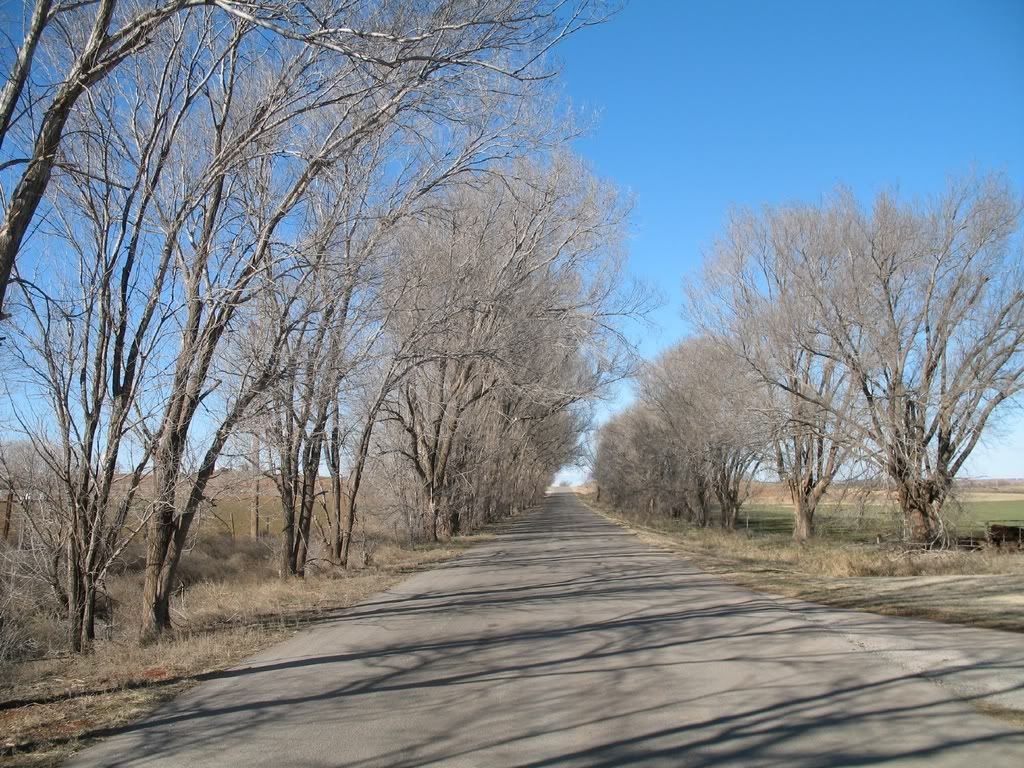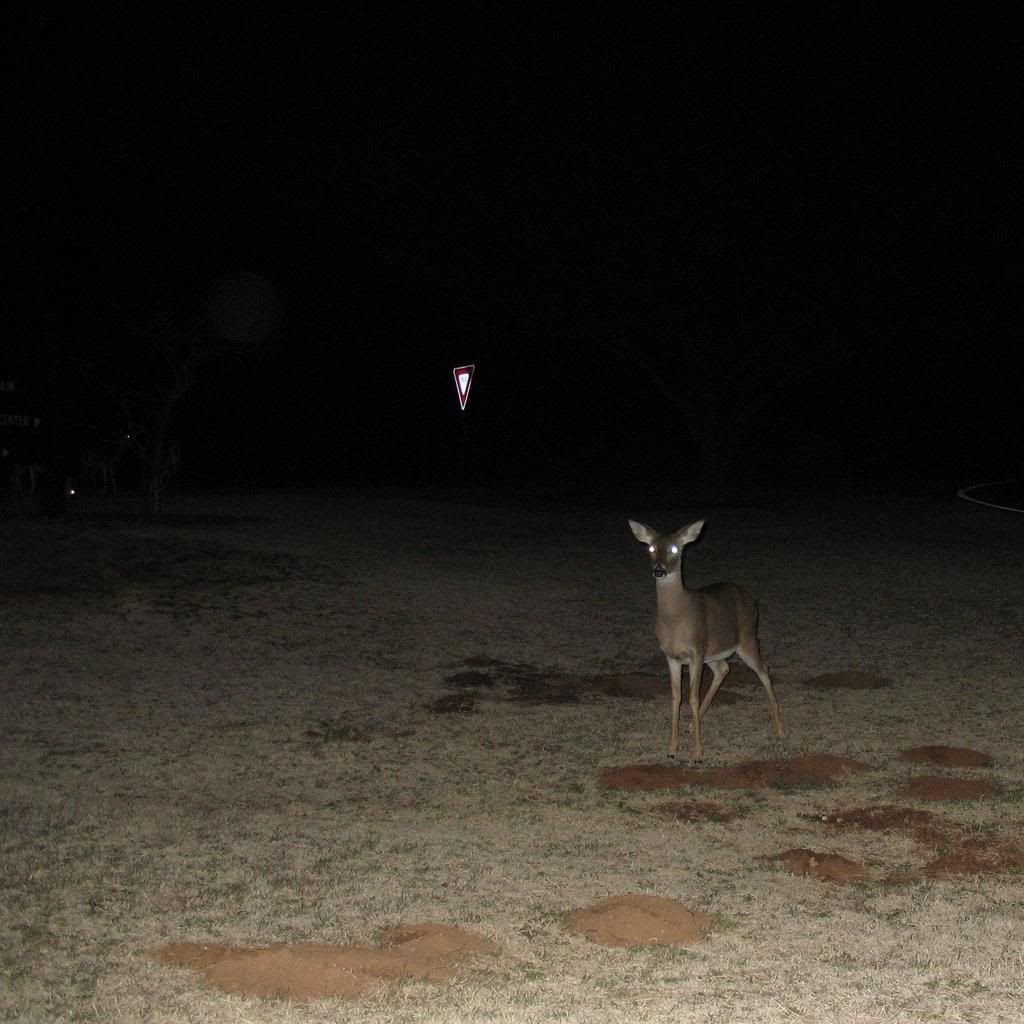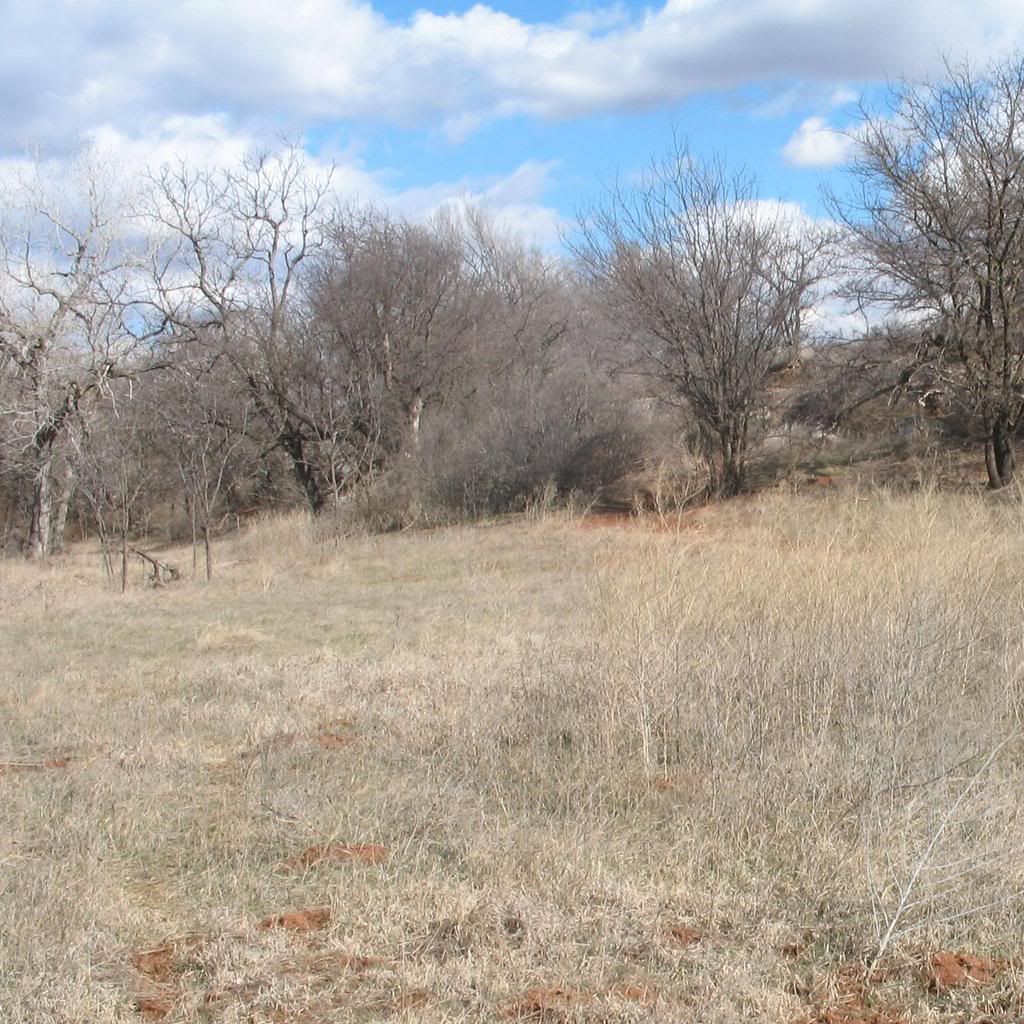Source
I have done my best to keep my young men quiet, but some will not listen and since the fighting began, I have not been able to keep them at home.
Let’s drive to Cheyenne, Oklahoma and talk about the left out details in the main story about reconciliation in Moxtaveto ("Black Kettle") at Washita: November 27, 1868 (Introduction) (Updated Title).
The sunset is beautiful this evening.

There are some things we need to talk about that have been occurring recently you need to know, to understand why I think the story of reconciliation is so crucial in addition to the history behind it. Then, I’ll share the left out details.
Crossposted at Progressive Historians
First of all, things haven’t been going so well culturally and politically for the Cheyenne Arapaho recently. There’s an idea I want you to keep in mind before we get into it.
Source
"There are bad and foolish people in every race. You have to judge them one by one, and then you have to give them a second chance." Imogene Bowen, Upper Skagit Tribe
As I already said, things haven’t been going so well politically.
Source
(The following appeared in the Daily Oklahoman on 2/10/07)
CONCHO — This isn't the government George Old Crow envisioned.
After seeing years of political corruption tied to the millions of dollars the Cheyenne and Arapaho make each year from gambling, Old Crow agreed in 2004 to help change the tribes' government structure.
He headed a constitutional revision commission, which produced a document that gutted the old business committee form of government and replaced it with one more closely resembling state and federal governments.
Little has changed since the new constitution took effect, Old Crow said Friday.
"I can't find the words to describe the chaos we have," he said. "It's frustrating."
Nor culturally (July of 2006).
Source
Some rules governing the Arapaho Sun Dance reflect the modern world. Cameras are not allowed at the ceremony. Reporters and other visitors, when they are allowed to attend, are told to keep secret the activities they observe.
Tribal leaders trace other rules and procedures to an earlier time. These traditions were handed down through generations of Northern Arapaho, they say, and were acted out this week in the annual Sun Dance on Wyoming's Wind River Indian Reservation.
The traditions were apparently interrupted at some point among the Southern Arapaho, many of whom now live on the Cheyenne-Arapaho Reservation in Oklahoma. This interruption seems to lie near the heart of a dispute about whether the Arapaho in Oklahoma should again be permitted to hold their own Sun Dance.
Source
- But Spottedwolf was one of several people who were building a ceremonial arbor near Concho for an Arapaho sun dance ceremony last week when about 50 people raided their encampment, cutting down the arbor with chain saws and setting it on fire.
Those things break my heart. Let’s keep driving after a good night’s rest and a good home cooked meal. We’ll talk about it some more in the morning after too much breakfast.

The old Indian Boarding School for some Cheyenne’s past generations used to be about a quarter mile to the right of these trees. I was incorrect in Black Kettle and the Sand Creek Massacre of Nov. 29th, 1864 (Part 2)about it being off the highway, that was an Indian school put there by AIM.
In addition, the cemetery I spoke of in that diary did in fact have descendants from the Sand Creek Massacre, as well as Roman Nose. My father used to lie close by and listen to the wailing calls of grief after a burial ceremony by the women. We just saw a hawk fly and I didn’t have my camera out quick enough, but that reminds me of something else.

My cousin used to live just to the right here.

She took care of the Cheyenne by building a shelter in her back yard and cared for some of them when they were sick. The hospital was a long ways off and they needed a place to stay until she could get them there. They named her "Medicine Woman" not because she was an herbal healer or anything like that, but because she gave good advice. She was the first white woman to serve on a Cheyenne Arapaho council. I imagine she got her wisdom from having had a handicapped daughter. When she died, they buried her in white buckskin.
She was known to be straight forward. What would she say about all this? I don’t know; she passed when I was young. I do have a first hand example of why the language is being lost, however.
Source
A decline in the number of Northern Cheyenne speaking their language also is raising concerns:
A few years ago, 70% - 80% of Northern Cheyenne 50 years and older spoke their native language;
A very low percentage of tribal members 30 years and younger speak Cheyenne.
My cousin doesn’t want to learn about his language and culture, because his alcoholic mother abandoned him. I can relate. Before I was adopted my biological mother stripped and smoked pot while carrying me, and not for medical reasons. We never met, though we’ve spoken by phone. I really don’t like strip clubs as a result of knowing that, and he doesn’t like his culture. He doesn’t want to be like her, but he doesn’t know the general history of why she’s that way. Neither do I about my biological mother, nor do I want to be like her. Both our histories are lost. Mine is lost not by my choice; his is being lost by his choice. His historical answers in general as to why his mother is a practicing addict lie on both sides of these trees. One day, he’ll be buried here to the left, probably never knowing the general and specific history of who will be buried beside him. And as a result, the story of reconciliation between the Sand Creek Massacre descendants and the grandsons of Custer’s 7th Calvary mean little to him, if anything at all.

We’ll keep driving to Cheyenne, where I heard the story of forgiveness I believe would’ve brought tears to Moxtaveto’s ("Black Kettle’s") eyes.

I had gotten into a discussion with a woman in Cheyenne about Washita, and she told me how a couple men coordinated the event of reconciliation. It involved a reenactment with Sand Creek Massacre descendants and grandsons of Custer’s 7th Calvary at the same location Black Kettle was murdered by Custer. Paramount was the re-burial of a child victim’s bones.
The descendants camped where Custer’s 7th Calvary had attacked Black Kettle’s camp one century earlier; however, they were unaware that the grandsons of Custer’s 7th would be coming over the hill firing guns with blanks in them. When the 7th Calvary’s grandsons came towards them on horses firing blanks in their weapons, there were many feelings of surprise, fear, anger, and betrayal experienced by the Sand Creek Massacre descendants. Remember, the Sand Creek Massacre descendants and the ones who were slain at Washita were the same individuals.
Source
Unknown to the Cheyenne,a California
group called the Grandsons of the
Seventh Calvary,Grand Army of the
Republic,had been asked to join the
Reenactment-
A line was formed after the reenactment with the grandsons of the 7th Calvary, who obviously wanted to help in this healing, at the front of the line. Lawrence Hart, a Mennonite pastor, felt very angry as he watched the bones of the child being passed down it towards the front. A Native woman then put a blanket over the little coffin containing the child’s bones, which continued to be passed down the line to Hart. The blanket was then handed to him.
Among the Cheyenne was Lawrence
Hart, a peace chief and a Mennonite pastor. The celebration became tense. The final event of the day was the re-burial of the victim’s remains. The small coffin was covered with a beautiful new
woolen blanket. According to Cheyenne tradition, the blanket would be given to a guest.
The older peace chiefs asked Hart to give the blanket to the captain of the Grandsons of the Seventh Calvary! He couldn’t believe what they were asking. This man was the enemy! Hart’s own great-grandfather, Afraid of Beavers, had barely escaped the attack by hiding in a snowdrift.
Hart was tense. As the captain came forward, Hart told him to turn around. Hart’s trembling hands then draped the beautiful blanket over the captain’s shoulders.
It was a grand moment. The wise Cheyenne peace chiefs had initiated peace. The Grandsons embraced the chiefs. Some cried. Some apologized. When Hart greeted the captain, the officer took the Garry Owen pin from his own uniform and handed it to Hart.
"Accept this on behalf of all Cheyenne
Indian people," the captain said. "Never again will your
people hear Garry Owen."
Read that last sentence again said by the captain, and remember that "Gary Owen" was the song Custer had his band play right before the murdering began at Washita.
"Accept this on behalf of all Cheyenne
Indian people," the captain said. "Never again will your
people hear Garry Owen."
The lady I spoke with said there wasn’t a dry eye left.
To conclude, I think a tree makes a sound in the forest, even if nobody is around to hear it.
Approximately ¼ mile from Black Kettle’s death.

Mitakuye Oyasin
Source
- we are connected to these other aspects of Creation, that we share a common kinship in the Hoop of Life.


